Buying your first home is an exciting step—full of possibilities, decisions, and discoveries. It’s a time when your financial planning meets lifestyle aspirations, and your search for the right place becomes a defining milestone. With so many details to manage and options to consider, it can be easy to feel overwhelmed. That’s why having a clear understanding of what to expect and how to approach each phase of the journey can make all the difference. From budgeting and pre-approval to choosing the right neighborhood and making a winning offer, the process becomes far more rewarding when you feel prepared. Whether you’re aiming for a cozy condo downtown or a family-friendly home in the suburbs, success begins with the right foundation. Let’s break it all down in a practical, creative, and manageable way that gives you confidence from the first open house to the final signature.

Understanding Your Finances
Before any home search begins, it’s crucial to take a close look at your financial picture. Start by calculating how much home you can realistically afford. This involves examining your income, monthly expenses, debt obligations, and savings. A general rule of thumb is that your monthly housing costs, including principal, interest, taxes, and insurance, should not exceed 28% to 30% of your gross monthly income. However, every situation is different, so it’s smart to analyze your personal comfort level as well.
Reviewing your credit report is another essential step. Your credit score affects not just whether you qualify for a mortgage but also the interest rate you’ll receive. A higher score can save you thousands over the life of a loan. Aim for a score of at least 620 for conventional loans, although government-backed options like FHA loans are available to buyers with lower scores.
Don’t overlook the importance of saving for a down payment and other costs. While 20% down can help you avoid private mortgage insurance, many programs allow for much less—some even as low as 3%. Beyond the down payment, budget for closing costs, moving expenses, and future maintenance. Establishing a dedicated savings account for your home purchase helps keep these funds organized and untouched.
A solid financial foundation gives you more than just mortgage approval—it gives you peace of mind. Knowing exactly where you stand helps you shop with confidence and make decisions that support long-term stability and satisfaction in your new home.
Getting Pre-Approved for a Home Mortgage
Securing a mortgage pre-approval is one of the smartest early steps a first-time buyer can take. This process involves a lender reviewing your financial history, credit report, income, and debts to determine how much you qualify to borrow. Unlike a pre-qualification, which is more of an estimate, a pre-approval carries weight with sellers and demonstrates that you’re a serious, qualified buyer.
Lenders will request several documents during this phase, including pay stubs, W-2 forms, tax returns, and bank statements. Having these ready in advance can streamline the process. Once reviewed, the lender issues a letter indicating the loan amount you’re approved for. This not only helps narrow your home search but also strengthens any offer you make. Sellers are more inclined to work with buyers who have financing lined up and ready to go.
Pre-approval letters are usually valid for 60 to 90 days. If you don’t purchase a home within that window, you may need to update your paperwork. It’s also important not to make significant financial changes during this time. Avoid opening new credit accounts, changing jobs, or making large purchases until your home closes, as these actions could impact your loan approval.
By clarifying your price range and ensuring you’re a qualified buyer, pre-approval sets the tone for a smooth buying experience. It eliminates much of the guesswork and helps you act decisively when the right home comes along. More than a financial checkpoint, it’s a practical advantage in today’s competitive market.
Choosing the Right Type of Mortgage
There’s no one-size-fits-all when it comes to home loans. First-time buyers have a variety of mortgage types available, each with different terms, requirements, and advantages. Choosing the right loan starts with understanding the options and how they align with your financial goals and long-term plans.
Conventional loans are the most common and generally require a higher credit score and down payment, though many programs now accept as little as 3% down for qualified buyers. FHA loans are insured by the Federal Housing Administration and offer more lenient credit and down payment requirements, making them popular among first-timers. VA loans are reserved for eligible veterans and active-duty military, with benefits such as no down payment and no private mortgage insurance. USDA loans cater to rural homebuyers and also offer zero-down options.
Fixed-rate mortgages offer consistent payments over the life of the loan, making them ideal for buyers planning to stay in their home for a long time. Adjustable-rate mortgages (ARMs) usually start with a lower interest rate but can change over time based on market conditions. These may work for buyers who plan to sell or refinance within a few years.
Don’t forget to factor in closing costs, private mortgage insurance, and whether points are worth purchasing to lower your rate. Comparing loan estimates from multiple lenders can reveal differences in rates, fees, and terms that influence your overall cost.
Understanding the structure of your mortgage empowers you to make confident, informed choices. The right loan supports your financial goals and positions you for long-term success as a homeowner.
Finding the Perfect Neighborhood
Where you live is just as important as the home itself. The right neighborhood can elevate your quality of life, support your daily routines, and help your investment grow over time. As a first-time buyer, take time to evaluate which community features matter most to you and your lifestyle.
Start with proximity. How close do you want to be to work, family, or major roadways? Commute time can make a big impact on your day-to-day routine. Next, consider the vibe and amenities of each area. Are you looking for walkable streets, trendy coffee shops, or parks and playgrounds? Research school districts even if you don’t have children—good schools often indicate a well-supported community and can influence resale value.
Safety and overall atmosphere are also key. Spend time visiting neighborhoods at different times of day to get a true feel. Talk to locals, read community reviews, and check public safety data online. Local government services, future development plans, and tax rates are other factors worth exploring.
Don’t forget to assess your long-term comfort. A charming fixer-upper in a growing area might appeal now, but think about whether the neighborhood will still suit you five or ten years from today. If you plan to grow your family, host guests, or work remotely, prioritize space, noise levels, and amenities that support your goals.
Choosing the right neighborhood is more than a checkbox on a list. It’s a commitment to the kind of lifestyle you want and the environment you hope to call home. Taking time to explore your options can make all the difference.
Touring Homes and Spotting Potential
Walking through potential homes is where your vision starts to take shape. It’s the part of the process where your wants and needs are measured against real-world options. Knowing what to look for—and what to look past—can help you make better decisions and recognize true value.
Start with your must-haves. These might include the number of bedrooms, layout, outdoor space, or storage. Then, consider the home’s condition. Pay attention to major systems like HVAC, plumbing, and electrical, as well as the roof, windows, and foundation. Surface details can be changed easily, but structural repairs can be costly and time-consuming.
Try to see beyond the paint color or outdated fixtures. Cosmetic changes are often affordable and offer great potential for personalization. On the flip side, hidden issues like water damage, poor drainage, or signs of pests are red flags worth investigating further. Always look with a critical eye and take notes or photos to help you compare later.
Bring a tape measure to check the dimensions and visualize your furniture. Test light switches, faucets, and appliances. Look at storage space, natural light, and noise levels. A home might seem perfect on paper but feel different in person. That’s why visiting in person—or virtually when needed—is a vital step.
Home tours help clarify your preferences and priorities. With each visit, you’ll gain more insight into what feels right, what’s negotiable, and what truly matters. It’s about finding not just a house but a space where your future fits comfortably.
Making an Offer and Negotiating Terms
Once you’ve found the right home, it’s time to make a move. Writing an offer involves more than naming a price—it’s a strategy that considers market conditions, seller motivations, and your financial comfort zone. A well-crafted offer can stand out even in a competitive landscape.
Begin with a solid understanding of recent sales in the area. Comparable home prices provide valuable context and help justify your bid. While offering below the asking price may be appropriate in a slower market, competitive markets often call for full-price or higher offers. If multiple buyers are involved, consider whether a stronger earnest money deposit or a shorter contingency period might strengthen your position.
In addition to price, the offer includes terms such as closing date, contingencies (like inspection, financing, or appraisal), and what’s included in the sale. Appliances, fixtures, or custom items should be listed clearly. If there’s room for negotiation, focus on what’s most important to you. Whether that’s price, closing costs, or timing, clear communication is key.
Expect a counteroffer. Most sellers will respond with changes, and this is your opportunity to revisit the terms. Stay calm, review the details, and prioritize your bottom line without letting emotions lead. Every decision should support your long-term goals and financial boundaries.
A well-structured offer isn’t just about winning—it’s about protecting your interests and setting a positive tone for the remainder of the transaction. Negotiation is part of the process, and with the right approach, it leads to a purchase that feels both fair and exciting.
Completing the Inspection and Appraisal
Once your offer is accepted, the next phase ensures that the home is truly worth the investment. The inspection and appraisal are two separate but essential steps that provide protection and peace of mind before closing the deal.
The inspection comes first and is arranged by the buyer. A licensed home inspector evaluates the property’s structure, systems, and overall condition. This includes the roof, plumbing, electrical, foundation, HVAC, and more. The inspector will provide a detailed report that highlights any issues, from minor repairs to major safety concerns. You can use this report to request repairs, negotiate the sale price, or, in some cases, walk away if serious problems arise.
The appraisal is ordered by your lender to confirm the home’s market value. An appraiser will compare the property to recent sales in the area and assess its condition and features. If the home appraises at or above the purchase price, you’re in the clear. If it comes in lower, you may need to renegotiate with the seller or cover the difference out of pocket.
Both of these steps serve as checkpoints. They help ensure you’re not overpaying and that the property is safe, functional, and ready to support your needs. While inspections and appraisals can reveal surprises, they’re valuable tools that give you a fuller picture of what you’re buying.
This part of the process may feel tense, but it’s ultimately empowering. Armed with the right information, you can proceed with confidence or pause to reassess. Either way, you’re in a stronger position to make an informed decision.
Closing the Sale and Getting the Keys
The final stretch involves a series of steps to transfer ownership officially. Once the inspection and appraisal are complete and any negotiations have been settled, the focus shifts to finalizing your mortgage, reviewing documents, and preparing for closing day.
The lender will conduct a final review of your financial information. During this time, it’s important not to make any big financial changes. Don’t open new credit cards, change jobs, or make large purchases. Even small adjustments can affect your loan approval.
You’ll receive a Closing Disclosure at least three days before closing. This document outlines your loan terms, interest rate, monthly payments, and total closing costs. Review it carefully to ensure everything matches your expectations. Ask questions if anything looks unfamiliar or incorrect.
On closing day, you’ll meet to sign the final paperwork. This includes the loan documents, title transfer, and legal disclosures. You’ll also pay the remaining balance of your down payment and closing costs. After the documents are processed and the funds are transferred, you’ll receive the keys to your new home.
Be prepared for a few post-closing steps, like switching utilities into your name, updating your address, and scheduling your move. Take a final walk-through before closing to ensure the home is in the agreed-upon condition.
Closing is the culmination of all your preparation, decisions, and hard work. It marks the start of homeownership and the beginning of a new chapter. With everything in place, it’s time to step inside and make it yours.
Your First Home Is Just the Beginning
Buying your first home is a meaningful milestone filled with anticipation, learning, and decisions that shape your future. It’s a journey that rewards preparation, patience, and partnership. Every step you’ve taken—from evaluating your finances to choosing a neighborhood and finalizing the sale—builds the foundation for a confident and successful move.
As you prepare for this exciting transition, remember that you don’t have to do it alone. When you’re ready to take the next step and find your first home, reach out. I’m here to help you move forward with clarity, support, and a plan tailored to your goals.


